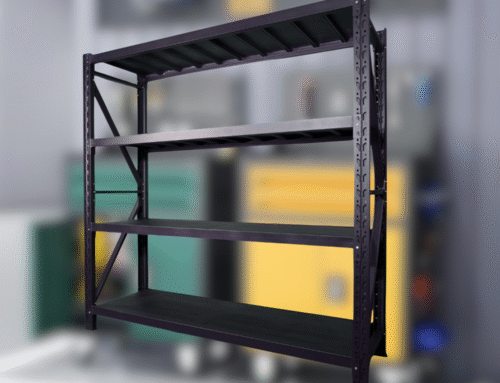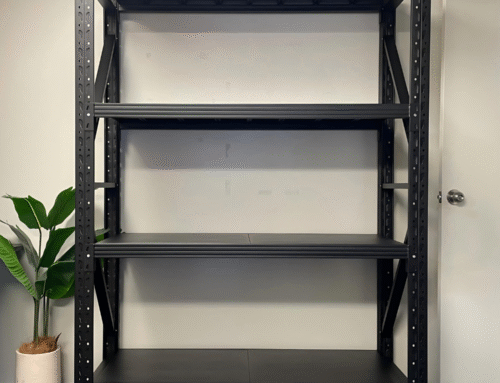A steel workbench is more than a heavy table in the corner of your shed. It’s where you do your daily work, cut timber, sort parts and store half the tools you rely on. When the bench is the right size, height and strength, work feels smooth and controlled. But when it isn’t, every job takes longer and feels harder. Before you buy, it’s worth thinking carefully about how you use your space and what sort of work you will do on the bench after you take over the next few years.
Understanding Your Space and Work Demands
Start with the room where you want to place the steel workbench. Measure the wall length, doorway, and how far vehicles, shelving, or machines stick into the area. A narrow single garage may only fit a shorter bench with wall storage above, while a wider workshop can handle a long, heavy-duty bench that runs the full length of a bay. Leave enough space to walk around, bend over and carry bulky items without clipping corners.
Then think about the type of jobs you do most often. If you’re constantly doing heavy duty work, you’ll need a tough frame and a surface that shrugs off oil, sparks and impact. If your projects are lighter, like bikes, furniture assembly, then you may care more about layout, comfort and how easily you can keep the top tidy.
What to Look for When Choosing a Steel Workbench
Size and Height
Bench size should be based on your workflow. A wider bench gives room to lay out tools and parts without stacking everything in one corner, but it shouldn’t block doors or access to shelving. Depth matters as well, you would like it to be deep enough to work comfortably, not so deep that you’re stretching to reach the back. Height should suit how you stand or sit. Taller users often appreciate a slightly higher bench, while spaces shared by family or staff may benefit from a middle ground that works for most people.
Material and Build Quality
Because the frame carries the load, look for thick steel sections rather than thin folded metal. A good powder-coated finish slows rust, resists stains and makes it easier to wipe off grease and dust. A well-built bench feels solid the first time you lean on it with no creaks, flex or wobble.
Surface Type
The top is where the real work happens. The steel tops handle heat, metal chips, solvents and hard impacts, which is why you should choose it for your working area. A flat, even surface makes measuring, clamping and cutting easier and improves the finish of your jobs.
Storage and Organization
A steel workbench is fine for a short time, but it will quickly turn into a pile of tools. And that is why we provide double-layer steel workbenches. The second layer underneath holds toolboxes, tools and cases. Pegboard or back panels above the bench give you somewhere to hang the tools you grab every day.
Accessories and Mobility
Small details make daily use more pleasant. Heavy-duty castors are useful if you need to roll the bench around, like during shelving units or into the center of the room. Pegboard and hooks can turn a simple steel bench into a full, comfortable workstation.
Matching the Bench to Your Work Environment
In a home garage, a steel workbench can handle most of the daily work and can also store quite a bit of the tools as well. In trade or light-industrial environments, durability is more important, so choose higher load ratings and thicker frames. Warehouse and retail back rooms often need long, tidy benches with clear surfaces and integrated shelving to support packing, repairs and quick setups without clutter.
Final Thoughts
A good steel workbench is one of those purchases you will notice every time you pick up a tool and will never regret. When size, height, strength and storage match the way you work, the steel workbench can simply make every job easier. Spend a little time planning, and you’ll end up with a workbench that feels built for your workshop rather than squeezed into it.




Leave A Comment